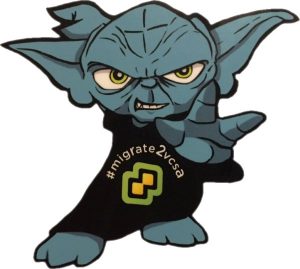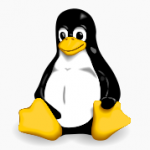VMware vCenter Server Appliance 6.5 (vCSA) Enhancements
 vCenter Server Virtual Appliance (vCSA) is the future. If you are still running the Windows-based vCenter, it's time to migrate to the appliance with vSphere 6.5.
vCenter Server Virtual Appliance (vCSA) is the future. If you are still running the Windows-based vCenter, it's time to migrate to the appliance with vSphere 6.5.
Since vSphere 6.0, the appliance offers the same feature and scale as the windows based vCenter. vSphere 6.5 adds an X-Large deployment size, the update manager and a fully supported migration assistant to the appliance.Read More »VMware vCenter Server Appliance 6.5 (vCSA) Enhancements

 For troubleshooting or in scripts you might want to identify if you Linux is running as a Virtual Machine. If you work with puppet you might be familiar with facter which provides the facts "is_virtual" (true or false) and "virtual" (Virtualization type).
For troubleshooting or in scripts you might want to identify if you Linux is running as a Virtual Machine. If you work with puppet you might be familiar with facter which provides the facts "is_virtual" (true or false) and "virtual" (Virtualization type).